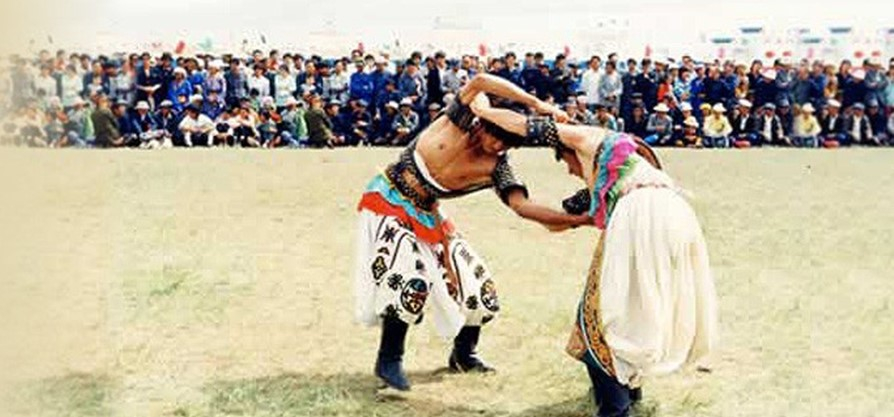
Sports in Ancient China
Splendid
Chi Culture
Topic
Sports in Ancient China
Ancient Chinese sports are the Chinese sports from pre-historical times until the end of the nineteenth century. Ancient Chinese sports began in prehistoric human social practices, formed in a slave society, and developed in a feudal society. During the historical evolution, although there were difficulties and setbacks, all along, a tradition continued uninterrupted and exhibited a tenacious vitality. In the history of the Chinese people, every manifestation and path of development during different historical stages and directions of developments, all show the distinct flavor of their respective times.
Even though there was no term for “sports,” China actually had rich and vibrant sport activities, which were an important component of ancient Chinese civilization. The sport culture of ancient China is primarily displayed in the competitive games of the common people, the self-cultivation skills of scholars, seasonal folk customs of the successive dynasties, along with all kinds of entertainment and performance with limb and body movements from the court down to the common people.
Ancient Chinese sports can be more or less divided into the five main categories—competition, performances, amusement games, life preservation and health, and seasonal. The competition category designates sporting events of a competitive nature that are conducted according to strict rules, including “shooting” (archery), “driving” (driving horse-drawn carriages), martial arts, and track and field.
Sport activities initially only served human survival needs, but with the development of society, their functions as amusement and performance became increasingly evident. Especially from the Spring and Autumn and Warring States periods on, some sporting events appeared to turn into forms of amusement. This included wrestling (also called “trials of strength” or xiangpu), lifting tripods (weightlifting), and baixi (also called “combative wrestling” or “great wrestling”).
The complete system of the traditional health and fitness includes the daoyin (guiding and pulling) exercises that mainly involve stretching limbs, Qi moving skills based on breath training, and massaging skills based on the circulation of blood and relaxation of muscles and joints. Life preservation guiding and pulling skills had a specific philosophical theory as a foundation. The exercise is not heavy but the effect can dispel illnesses, treat diseases, keep one healthy and extend a person’s life. However, the life preserving skills and ancient Chinese sports were the same. No matter how, from the theoretical or practical view, they still cannot obtain an independent social status, and have always existed and developed as appendages to other activities.
Besides martial and health preserving activities, ancient Chinese sports also included the exercise content of amusement games in which people engaged during leisure time. There were many sport activities that had recreational elements. Of those discovered as historical relics and in literary records the main ones are cuju (similar to soccer), chuiwan (hitting a ball with a stick, a prototype to modern golf), board games, touhu (pitch pot), mushe (similar to bowling), and qiuqian (swings), among others.
Ancient China was an agricultural state. Due to the tight seasonal nature of agriculture, sports also displayed more distinctive seasonal characteristics. People usually undertook a sport activity according to a certain time sequence, such as dragon boat rowing competition, lion dances, and spring hiking.
Ancient Chinese sports can be seen as a type of cultural pattern of society, rooted in the soil of the traditional culture of the Chinese people, and influencing all levels of society. In fact, ancient sports were each inextricably linked with other fields in ancient society, such as military affairs, religion, arts, education, etc. In the cultural atmosphere actually provided by the self-sufficient agricultural economy and unified autocratic nature of the traditional Chinese state, in the process of continuously absorbing foreign sport forms and disseminating indigenous sport forms abroad, during the historical spiral of long-term cultural conflicts and integration, ancient Chinese sports produced a variety of activities with unique cultural significance that had some great and some small impacts on society.
The culture of ancient Chinese sports is an important part of ancient sports culture in the East. It is not only the crystallization of the convergence and fusion of sports culture of the ethnic groups in China, but also an important component of sports culture in the world.



